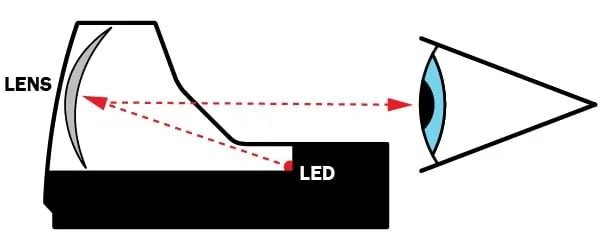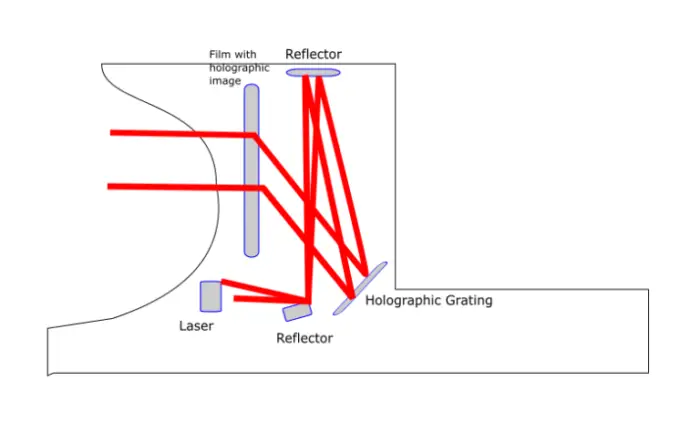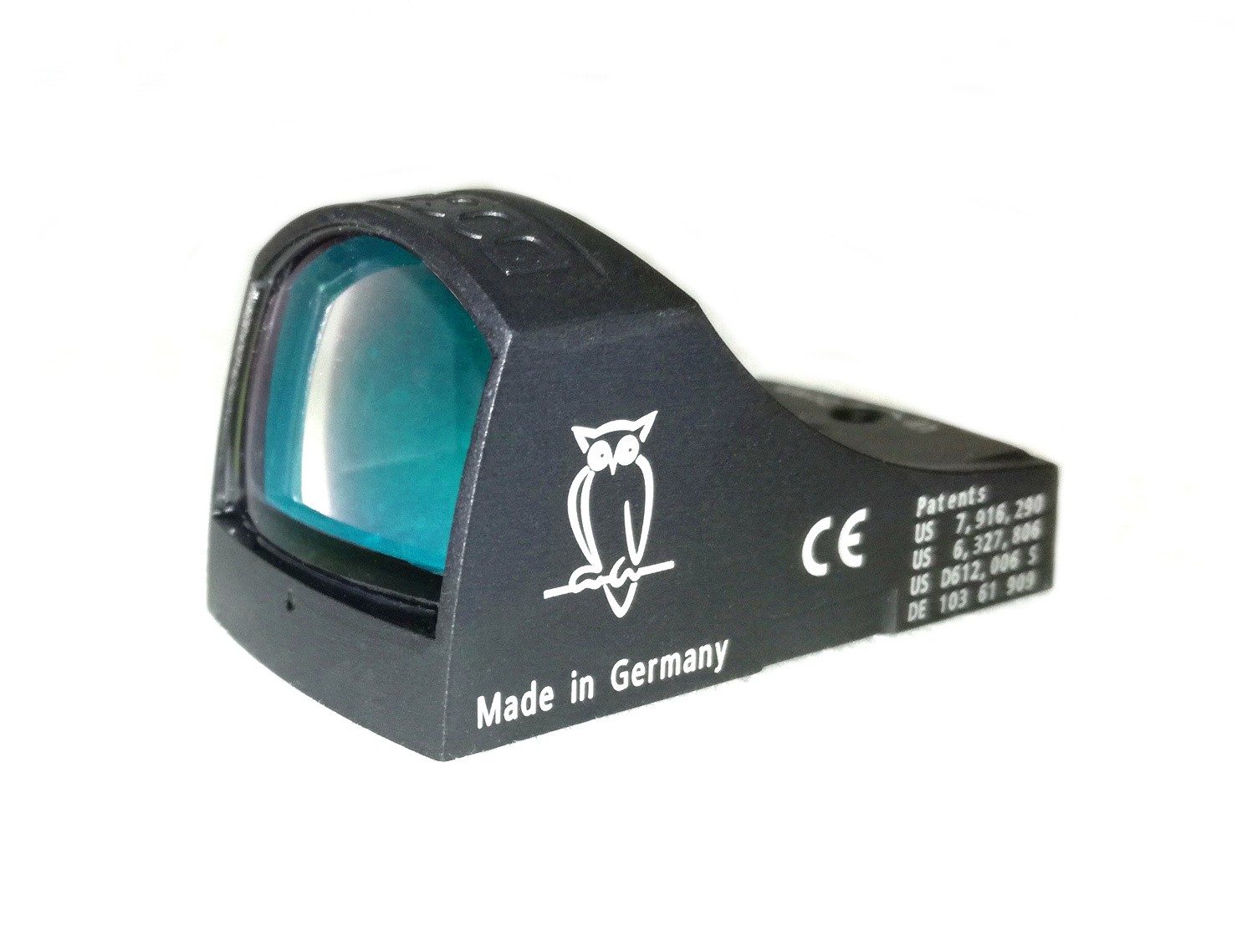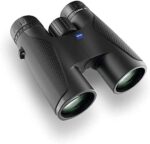It is perhaps the most iconic and recognizable sight in modern optics, but there aren’t too many people who really understand them. If you are interested in learning more about the way that your equipment functions then you will want to know, how does a red dot sight work?
In simple terms, a red dot sight uses a small LED to shine a beam of light onto a piece of glass which is then reflected back to your eye, allowing you to see the reticle. Despite the name, the reticle can come in different shapes than just a simple dot, and you can even get “green dot sights” as well.
To learn more about this fascinating bit of kit and the magic that makes it work, read through the rest of this article!
How A Red Dot Sight Works:
While it is often referred to as a “simple optic”, a red dot sight does use some pretty interesting and clever science in order to do its job. Perhaps the most impressive trick that it manages to accomplish is how it is able to vividly reflect a reticle while still being completely transparent – so that you can see the target clearly behind the dot.
The light in a red dot sight is generated by an LED, or light-emitting diode, and it is sent up and forwards from within the sight at an angle, towards a plate of glass that is also situated at an angle. The glass is tilted and curved to perfectly reflect this light directly toward your eye.

The curved glass is able to reflect the LED, but nothing else, because it has a “partially silvered multilayer dielectric dichroic coating”. This is to say, it has been coated to reflect only the red spectrum of light (or green, in the case of a “green dot”).
That is why you can see perfectly through the glass, almost as though it is not there at all, and, at the same time, a single dot of red light constantly appears on the glass itself.
The size of the dot is controlled by the size of an aperture hole in front of the LED. This size is measured in milliradians (mrad) and minutes of angle (MOA). Larger dots are easier to see, but cover more of the field of view and are more likely to obscure your target.
What Are The Benefits Of A Red Dot Sight?
If you’re at all involved in the firearms community then you will be aware of how widespread and prevalent red dot sights have become. They are one of the most popular forms of optics for a wide variety of different settings, so what makes them so effective?
There are many reasons why red dot sights are so useful, such as:
- They are very easy to use and user-friendly. Even a complete amateur can pick up a gun with a red dot on it and understand exactly how to aim with it.
- They can be very small and lightweight. They have become particularly popular for handguns for this exact reason.
- You can acquire targets very quickly. Because of their clarity and simplicity, you will probably find that it is much quicker to pick out the target you are looking for with a red dot rather than iron sights.
- They are versatile. You can swap them between weapons easily, and they can suit anything from a shotgun to an AR – depending on the type of red dot you choose and the situation.
- The LED consumes very little power. While they do need to be powered, they have a very long battery life and some can last for 30,000 to 50,000 hours of use.
- Exposed red dots have unlimited eye relief. Since you do not need your eye to be physically close to the sight to use it effectively, it is much more adaptable to weaponry like handguns, and it improves target acquisition speed.
What Types Of Red Dot Sight Are There?
Now, it is important to be aware of just how varied red dot sights can be. The term is generally applied to a wide variety of sight systems, which can feel very different to use. There are three main categories that you should know about: reflex sights, holographic sights, and prism sights.
Reflex Sights
Reflex is short for “reflector”, and it is probably the most straightforward of the three. You can either get an exposed reflex sight or a tube sight, and they are probably what you picture when you hear the term “red dot”.

An exposed reflex sight has just one lens and no tube, which means they are small, lightweight, and have unlimited eye relief. A tube reflex sight has two lenses on either end of a tube, which is more durable and easier to zero.
Read Also: What is the difference between Red Dot and Reflex sights?
Holographic Sights
These are the most complicated of the common types of red dot sight you will find out there. They project a laser onto multiple lenses and reflectors, in order to create a visible “hologram” image within the sight.

They are always on target, they have a lot of different reticle options you can choose from, and they have a very large field of view.
Prism Sights
As you might guess from their name, prism sights use a prism to fold and reflect the light inside of the sight before it hits the eyepiece, which means they can have a more compact design while still offering magnification. The reticle is also etched onto the sight, so it is visible and usable even when the LED is not illuminated.
Summary: How Does A Red Dot Sight Work?
So, how does a red dot sight work? Simply put, these optics fire a small beam of light from an LED onto a specially coated, curved piece of glass. The glass then reflects this light back into your eye. The coating on the glass is designed to only reflect the red spectrum of light so that it is still completely see-through.
They are very easy to use and versatile, they come in many different forms, and it is easy to see why they have become a firm favorite in the firearms community.

An optics enthusiast – I love bird watching as well as wildlife. Originally from South Africa, I moved to the UK at a young age. I love reviewing the latest binoculars as well as traveling. I work as a comms consultant during the day. My plan is to travel across the world so building up to that goal.






